Demographic structures – part 2 Social and cultural
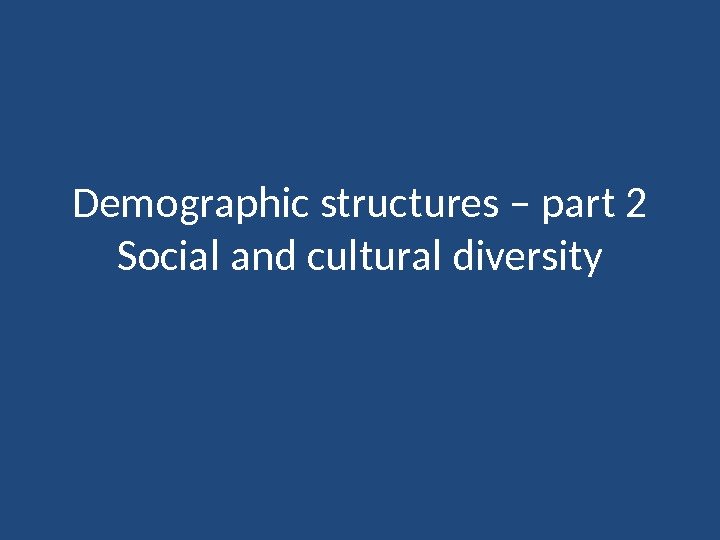

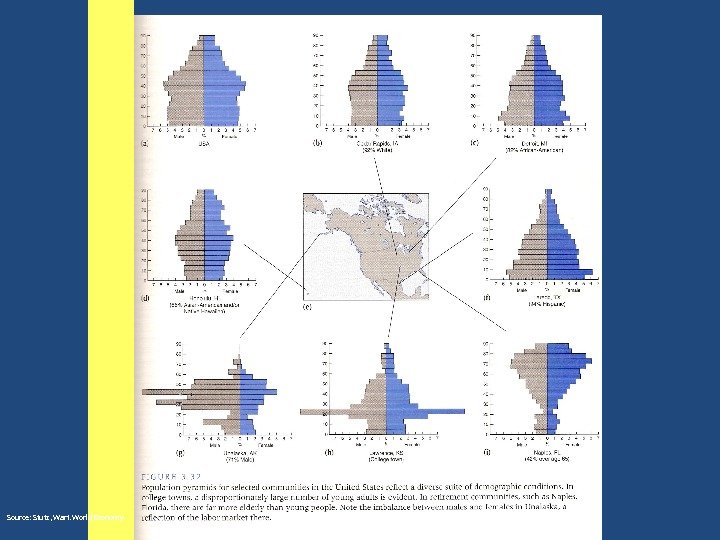
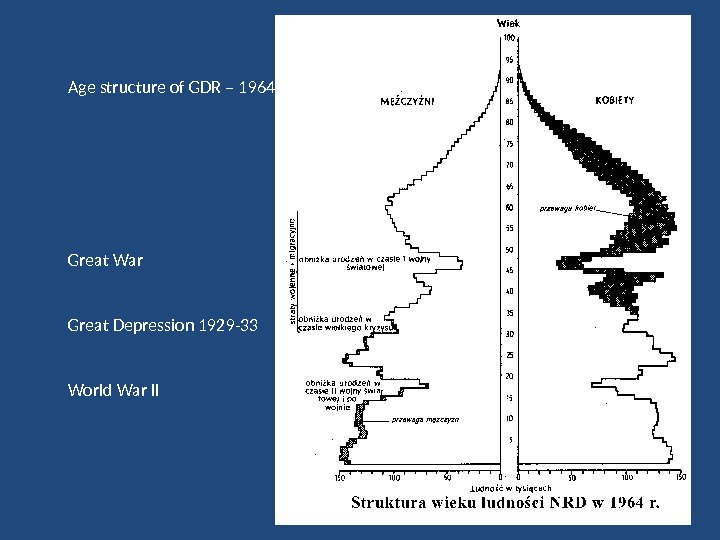
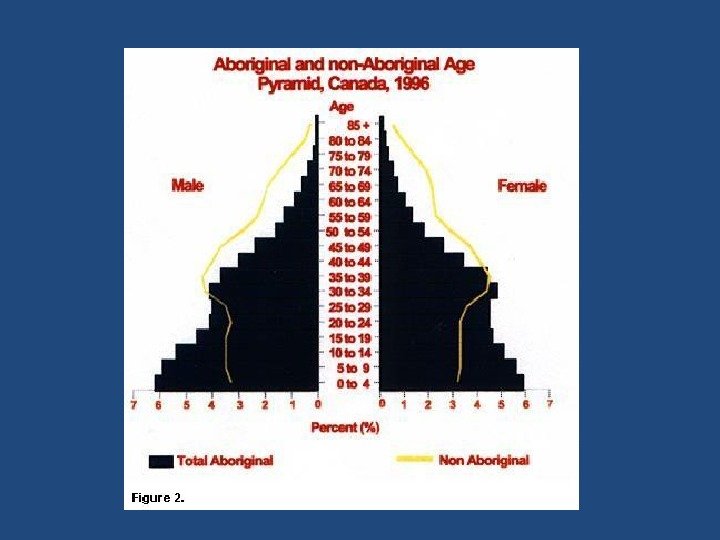







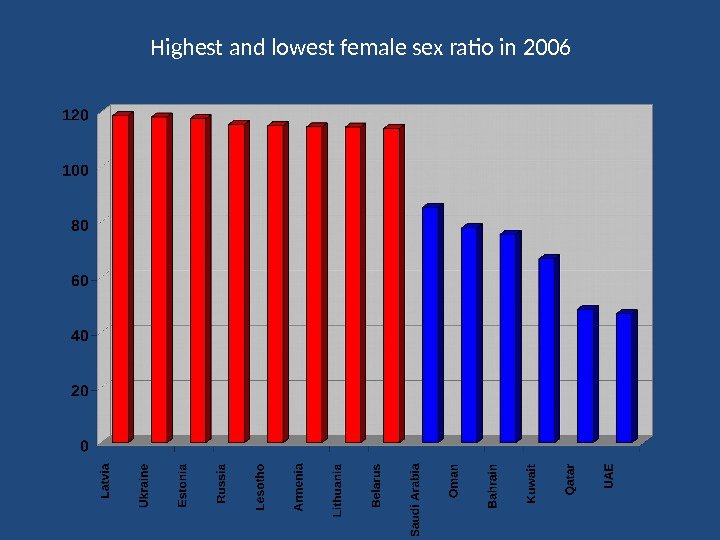
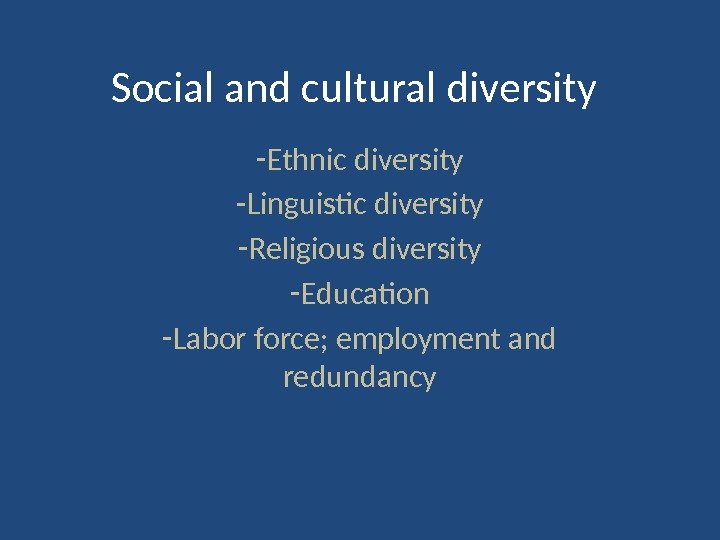

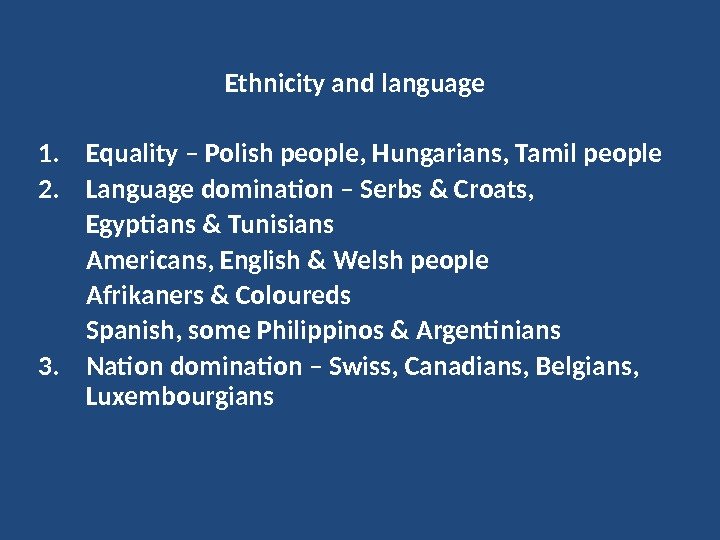
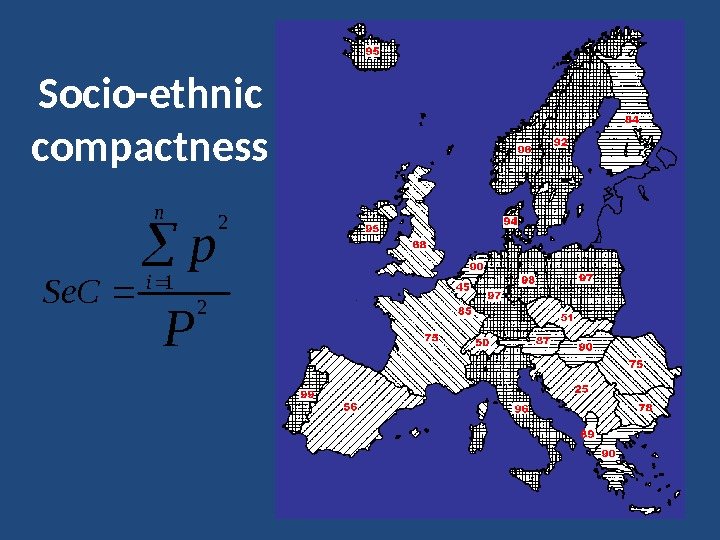

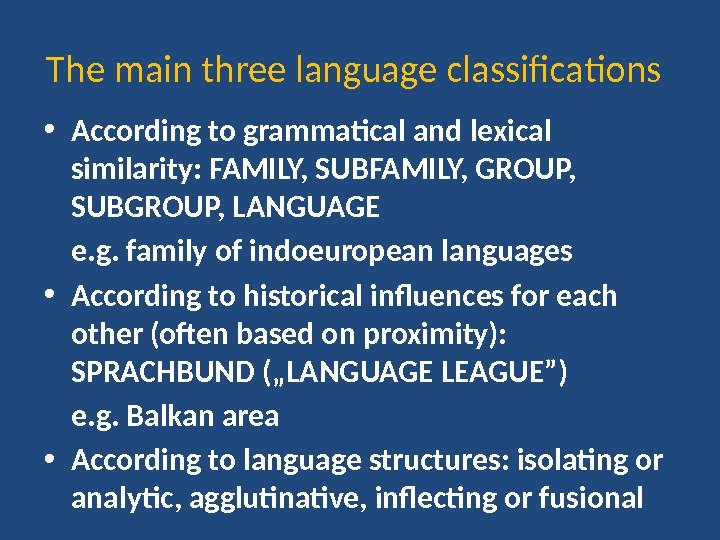




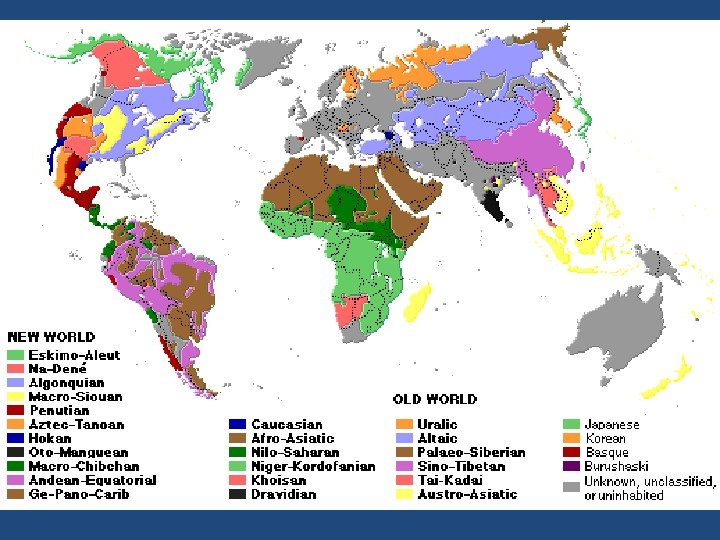



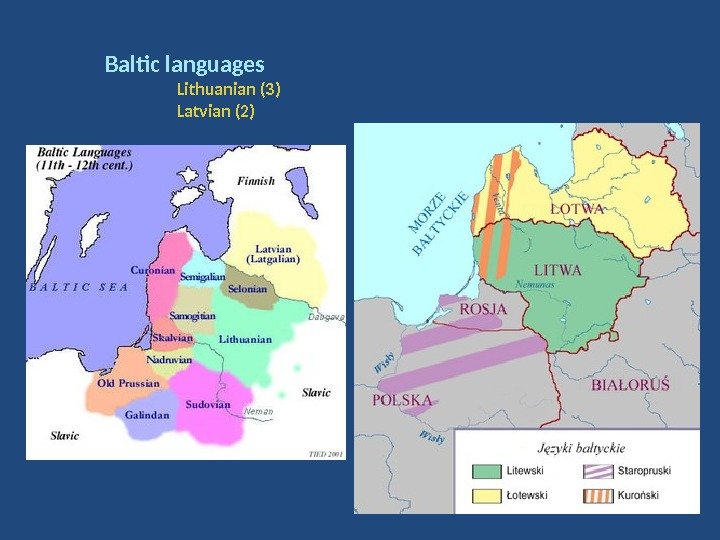






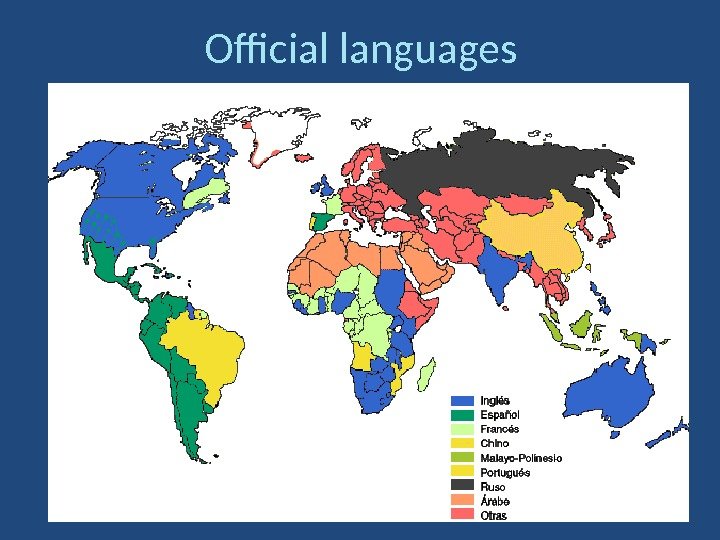
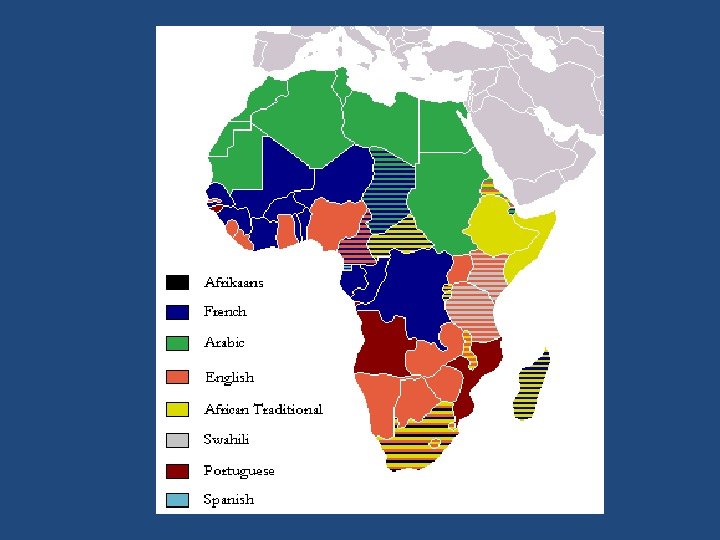





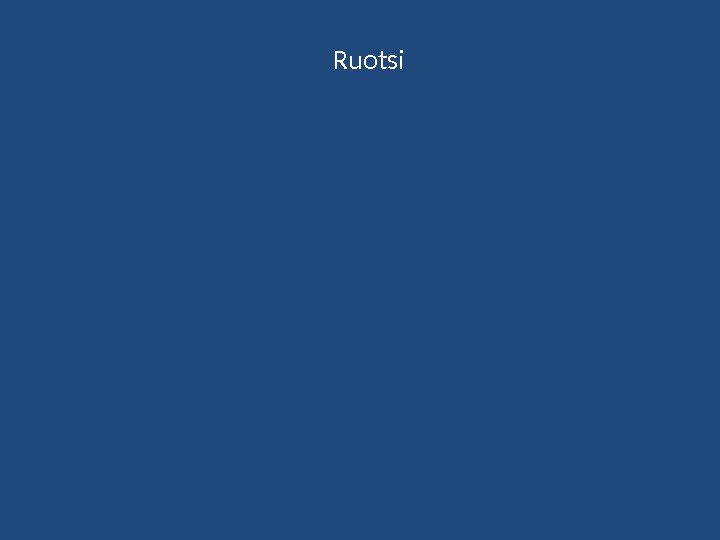
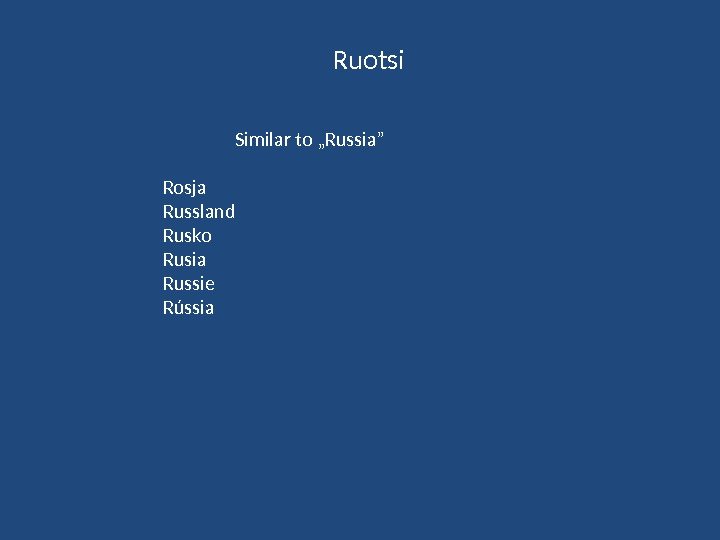
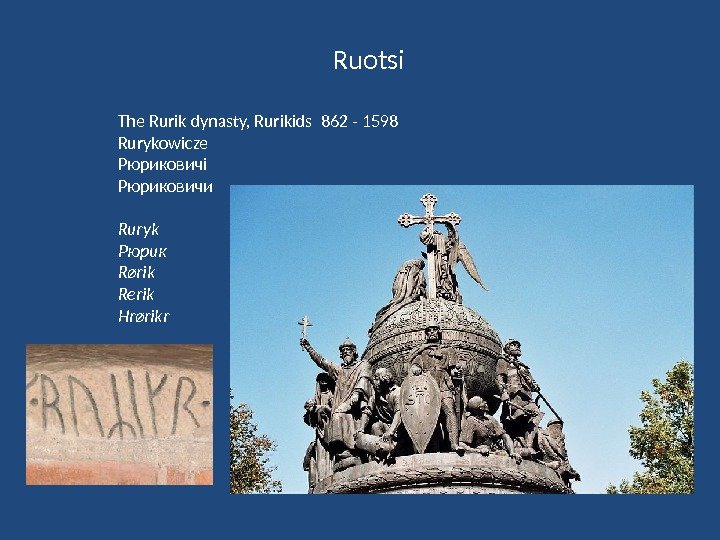
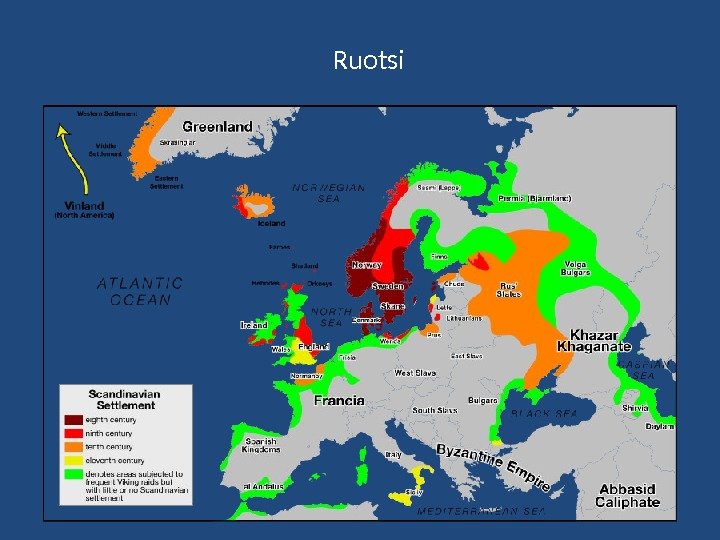

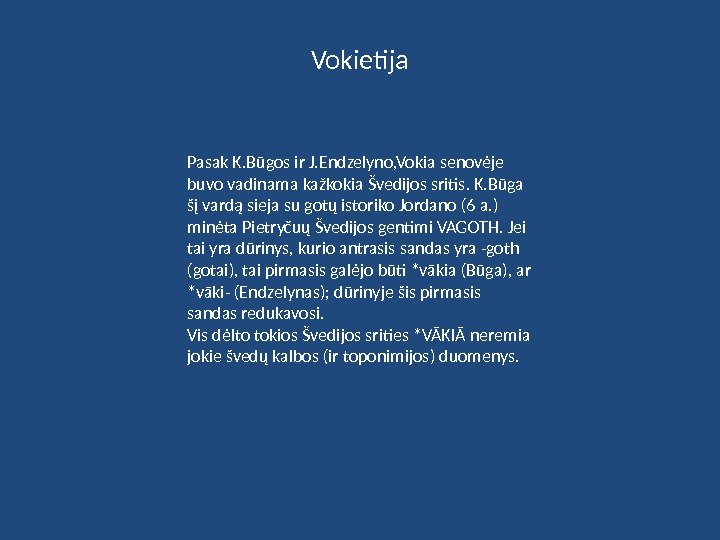
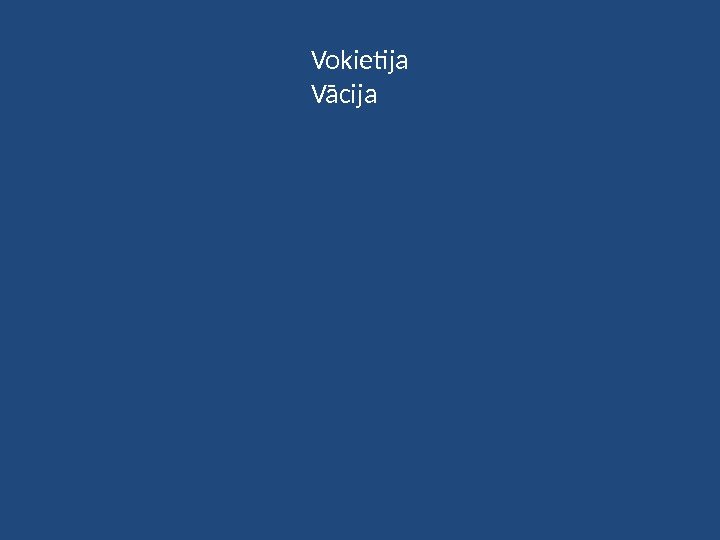




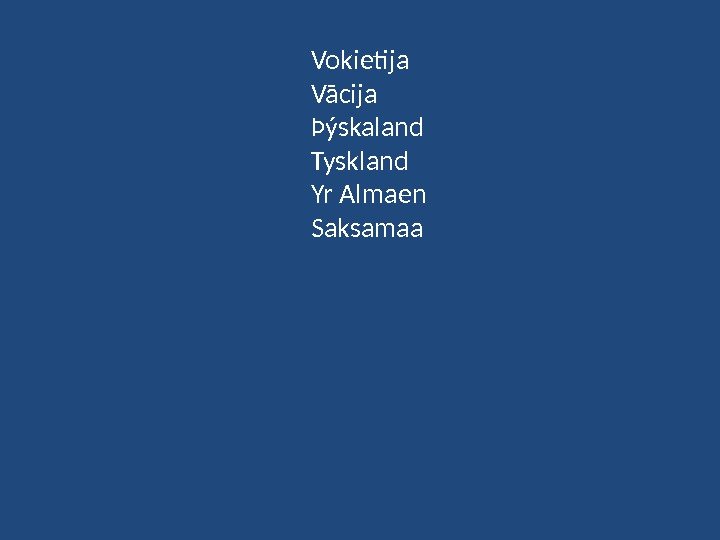
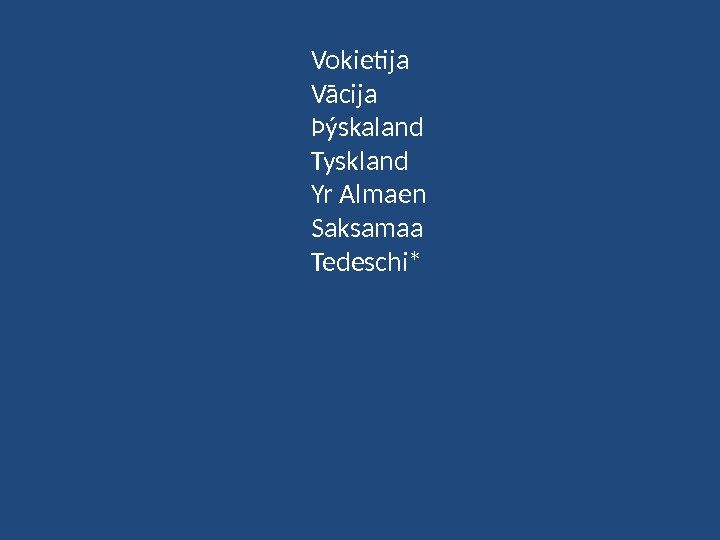
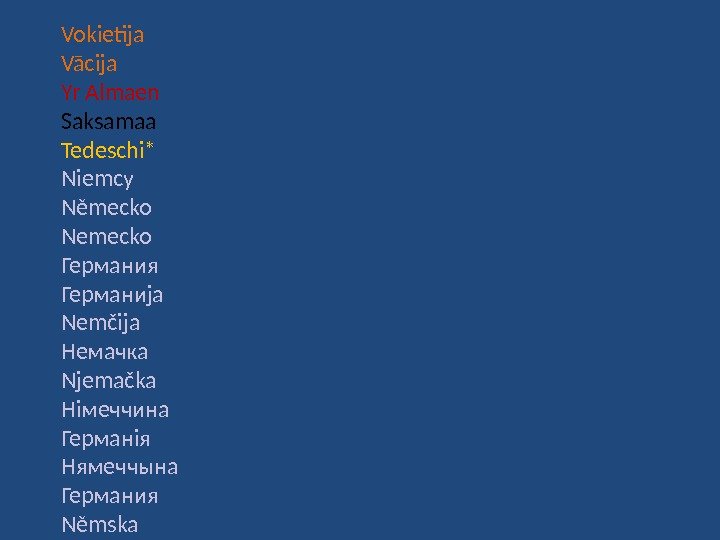

demographic_structures_–_part_2,_social_structures.ppt
- Размер: 5.2 Мб
- Автор:
- Количество слайдов: 56
Описание презентации Demographic structures – part 2 Social and cultural по слайдам
 Demographic structures – part 2 Social and cultural diversity
Demographic structures – part 2 Social and cultural diversity

 Source: Stutz, Warf. World Economy.
Source: Stutz, Warf. World Economy.
 Age structure of GDR – 1964 Great War Great Depression 1929 -33 World War II
Age structure of GDR – 1964 Great War Great Depression 1929 -33 World War II

 China
China
 Berlin
Berlin
 Homeless persons in Sydney
Homeless persons in Sydney

 Russia
Russia

 Female sex ratio in 2006 46, 8 — 97, 5 97, 6 — 100, 0 100, 1 — 102, 5 102, 6 — 105, 0 105, 1 — 118, 7 Source: World Population Data Sheet
Female sex ratio in 2006 46, 8 — 97, 5 97, 6 — 100, 0 100, 1 — 102, 5 102, 6 — 105, 0 105, 1 — 118, 7 Source: World Population Data Sheet
 Highest and lowest female sex ratio in
Highest and lowest female sex ratio in
 Social and cultural diversity — Ethnic diversity — Linguistic diversity — Religious diversity — Education — Labor force; employment and redundancy
Social and cultural diversity — Ethnic diversity — Linguistic diversity — Religious diversity — Education — Labor force; employment and redundancy
 • Some definitions: — Nation (two main meanings) — Ethnic group — Ethnic minority • Modern broadening of the term ”NATION” • Objective (fact) and subjective (idea) criterion of nation • Statistical methods
• Some definitions: — Nation (two main meanings) — Ethnic group — Ethnic minority • Modern broadening of the term ”NATION” • Objective (fact) and subjective (idea) criterion of nation • Statistical methods
 Ethnicity and language 1. Equality – Polish people, Hungarians, Tamil people 2. Language domination – Serbs & Croats, Egyptians & Tunisians Americans, English & Welsh people Afrikaners & Coloureds Spanish, some Philippinos & Argentinians 3. Nation domination – Swiss, Canadians, Belgians, Luxembourgians
Ethnicity and language 1. Equality – Polish people, Hungarians, Tamil people 2. Language domination – Serbs & Croats, Egyptians & Tunisians Americans, English & Welsh people Afrikaners & Coloureds Spanish, some Philippinos & Argentinians 3. Nation domination – Swiss, Canadians, Belgians, Luxembourgians
 Socio-ethnic compactness. P p n i Se.
Socio-ethnic compactness. P p n i Se.
 Polish national minority’s percentage in rural areas of Lithuania —
Polish national minority’s percentage in rural areas of Lithuania —
 The main three language classifications • According to grammatical and lexical similarity: FAMILY, SUBFAMILY, GROUP, SUBGROUP, LANGUAGE e. g. family of indoeuropean languages • According to historical influences for each other (often based on proximity): SPRACHBUND („LANGUAGE LEAGUE”) e. g. Balkan area • According to language structures: isolating or analytic, agglutinative, inflecting or fusional
The main three language classifications • According to grammatical and lexical similarity: FAMILY, SUBFAMILY, GROUP, SUBGROUP, LANGUAGE e. g. family of indoeuropean languages • According to historical influences for each other (often based on proximity): SPRACHBUND („LANGUAGE LEAGUE”) e. g. Balkan area • According to language structures: isolating or analytic, agglutinative, inflecting or fusional
 Languages http: //www. ethnologue. com/web. asp
Languages http: //www. ethnologue. com/web. asp
 Afro-Asiatic (375) Alacalufan (2) Algic (44) Altaic (66) Amto-Musan (2) Andamanese (13) Arauan (8) Araucanian (2) Arawakan (64) Artificial language (3) Arutani-Sape (2) Australian (263) Austro-Asiatic (169) Austronesian (1268) Aymaran (3) Barbacoan (7) Basque (3) Bayono-Awbono (2) Caddoan (5) Cahuapanan (2) Cant (1) Carib (32) Chapacura-Wanham (5) Chibchan (22) Chimakuan (2) Choco (12) Chon (2) Chukotko-Kamchatkan (5) Chumash (7) Coahuiltecan (1) Creole (86) Deaf sign language (121) Dravidian (73) East Bird’s Head (3) East Papuan (36) Eskimo-Aleut (11) Geelvink Bay (33) Guahiban (5) Gulf (4) Harakmbet (2) Hibito-Cholon (2) Hmong-Mien (35) Hokan (28) Huavean (4) Indo-European (449) Iroquoian (11) Japanese (12) Jivaroan (4) Kartvelian (5) Katukinan (3) Keres (2) Khoisan (27) Kiowa Tanoan (6) Kwomtari-Baibai (6) Language Isolate (40) Left May (6) Lower Mamberamo (2) Lule-Vilela (1) Macro-Ge (32) Maku (6) Mascoian (5) Mataco-Guaicuru (12) Mayan (69) Misumalpan (4) Mixed Language (21) Mixe-Zoque (17) Mura (1) Muskogean (6) Na-Dene (47) Nambiquaran (3) Niger-Congo (1514) Nilo-Saharan (204) North Caucasian (34) Oto-Manguean (174) Panoan (28) Peba-Yaguan (2) Penutian (33) Pidgin (18) Quechuan (46) Salishan (27) Salivan (3) Sepik-Ramu (100) Sign language (3) Sino-Tibetan (403) Siouan (17) Sko (7) Subtiaba-Tlapanec (5) Tacanan (6) Tai-Kadai (76) Tarascan (2) Torricelli (53) Totonacan (11) Trans-New Guinea (564) Tucanoan (25) Tupi (76) Unclassified (78) Uralic (39) Uru-Chipaya (2) Uto-Aztecan (61) Wakashan (5) West Papuan (26) Witotoan (6) Yanomam (4) Yeniseian (2) Yukaghir (2) Yuki (2) Zamucoan (2) Zaparoan (7)
Afro-Asiatic (375) Alacalufan (2) Algic (44) Altaic (66) Amto-Musan (2) Andamanese (13) Arauan (8) Araucanian (2) Arawakan (64) Artificial language (3) Arutani-Sape (2) Australian (263) Austro-Asiatic (169) Austronesian (1268) Aymaran (3) Barbacoan (7) Basque (3) Bayono-Awbono (2) Caddoan (5) Cahuapanan (2) Cant (1) Carib (32) Chapacura-Wanham (5) Chibchan (22) Chimakuan (2) Choco (12) Chon (2) Chukotko-Kamchatkan (5) Chumash (7) Coahuiltecan (1) Creole (86) Deaf sign language (121) Dravidian (73) East Bird’s Head (3) East Papuan (36) Eskimo-Aleut (11) Geelvink Bay (33) Guahiban (5) Gulf (4) Harakmbet (2) Hibito-Cholon (2) Hmong-Mien (35) Hokan (28) Huavean (4) Indo-European (449) Iroquoian (11) Japanese (12) Jivaroan (4) Kartvelian (5) Katukinan (3) Keres (2) Khoisan (27) Kiowa Tanoan (6) Kwomtari-Baibai (6) Language Isolate (40) Left May (6) Lower Mamberamo (2) Lule-Vilela (1) Macro-Ge (32) Maku (6) Mascoian (5) Mataco-Guaicuru (12) Mayan (69) Misumalpan (4) Mixed Language (21) Mixe-Zoque (17) Mura (1) Muskogean (6) Na-Dene (47) Nambiquaran (3) Niger-Congo (1514) Nilo-Saharan (204) North Caucasian (34) Oto-Manguean (174) Panoan (28) Peba-Yaguan (2) Penutian (33) Pidgin (18) Quechuan (46) Salishan (27) Salivan (3) Sepik-Ramu (100) Sign language (3) Sino-Tibetan (403) Siouan (17) Sko (7) Subtiaba-Tlapanec (5) Tacanan (6) Tai-Kadai (76) Tarascan (2) Torricelli (53) Totonacan (11) Trans-New Guinea (564) Tucanoan (25) Tupi (76) Unclassified (78) Uralic (39) Uru-Chipaya (2) Uto-Aztecan (61) Wakashan (5) West Papuan (26) Witotoan (6) Yanomam (4) Yeniseian (2) Yukaghir (2) Yuki (2) Zamucoan (2) Zaparoan (7)
 Main language families • Afro-Asiatic (Hamitic, Semitic) • Altaic • Austro-Asiatic (Mon Khmer, Munda) • Austronesian • Chukotko-Kamchatkan (Paleosiberian) • Dravidian • Indoeuropean • Khoisan • Niger-Congo (Niger-Kordofanian or Bantu) • Nilo-Saharan • Sino-Tibetan • Thai-Kadai • Uralic (Ugro-Finnic) + japanese, korean, basque
Main language families • Afro-Asiatic (Hamitic, Semitic) • Altaic • Austro-Asiatic (Mon Khmer, Munda) • Austronesian • Chukotko-Kamchatkan (Paleosiberian) • Dravidian • Indoeuropean • Khoisan • Niger-Congo (Niger-Kordofanian or Bantu) • Nilo-Saharan • Sino-Tibetan • Thai-Kadai • Uralic (Ugro-Finnic) + japanese, korean, basque



 Slavic languages (ab 320 million) West Slavic (56) Pomeranian kashubian Polish (42, 5) Sorbian Lower Sorbian (15 thousand) Upper Sorbian (55 thousand) Czech (9) Slovak (5) South Slacvic (28) Slovene (2) Serbian & Croatian (17) Macedonian (1, 8) Bulgarian (8, 5) East Slavic (210) Belarussian (10) Russian (160) Ukrainian (40) Rusyns or Carpatho-Rusyns
Slavic languages (ab 320 million) West Slavic (56) Pomeranian kashubian Polish (42, 5) Sorbian Lower Sorbian (15 thousand) Upper Sorbian (55 thousand) Czech (9) Slovak (5) South Slacvic (28) Slovene (2) Serbian & Croatian (17) Macedonian (1, 8) Bulgarian (8, 5) East Slavic (210) Belarussian (10) Russian (160) Ukrainian (40) Rusyns or Carpatho-Rusyns

 Baltic languages Lithuanian (3) Latvian (2)
Baltic languages Lithuanian (3) Latvian (2)
 Romance languages (ab 750 million) South Romance (1, 8) Corsican (340 thousand) Sardinian (1, 5) East Romance (26) Romanian (26) Moldavian (2, 7) Aromanian (Macedo-Romanian) (150 thousand) Istroromanian (ab 500 persons) Megleno-Romanian (12 thousand) West Romance (720) Italian (62) French (80) Provençal, Occitan (Lenga d’òc) & Gascon (1, 2) Spanish (Castillian) (360) Catalan (7) Galician (3) Portuguese (ok. 200 mln) Rhaeto-Romance (Rhaeto-Romansch) (630 thousand) Istriot (nearly extinct)
Romance languages (ab 750 million) South Romance (1, 8) Corsican (340 thousand) Sardinian (1, 5) East Romance (26) Romanian (26) Moldavian (2, 7) Aromanian (Macedo-Romanian) (150 thousand) Istroromanian (ab 500 persons) Megleno-Romanian (12 thousand) West Romance (720) Italian (62) French (80) Provençal, Occitan (Lenga d’òc) & Gascon (1, 2) Spanish (Castillian) (360) Catalan (7) Galician (3) Portuguese (ok. 200 mln) Rhaeto-Romance (Rhaeto-Romansch) (630 thousand) Istriot (nearly extinct)

 Celtic languages (ab 2 million) Goidelic (800 thousand) Irish (700 thousand) Gaelic ( Scots Gaelic, Scottish ) (80 thousand) Brythonic (1, 2) Welsh (500 thousand) Breton (700 thousand)
Celtic languages (ab 2 million) Goidelic (800 thousand) Irish (700 thousand) Gaelic ( Scots Gaelic, Scottish ) (80 thousand) Brythonic (1, 2) Welsh (500 thousand) Breton (700 thousand)
 Germanic languages (ab 480 million) West Germanic (466) English (350) German (90) Frisian (400 thousand) Lallans, Lowland Scots Pidgin English Yiddish Luxemburgian (300 thousand) Dutch (Netherlandic) (ok. 23 mln) Dutch in the Netherlands (ok. 16 mln) Flemish (ok. 7 mln) Afrikaans (ok. 10, 5 mln) Scandinavian (North Germanic, Nordic) (18, 5) Icelandic (280 thousand) Faroese (50 thousand) Norwegian (Bokmål & Nynorsk) (4) Danish (5) Swedish (9)
Germanic languages (ab 480 million) West Germanic (466) English (350) German (90) Frisian (400 thousand) Lallans, Lowland Scots Pidgin English Yiddish Luxemburgian (300 thousand) Dutch (Netherlandic) (ok. 23 mln) Dutch in the Netherlands (ok. 16 mln) Flemish (ok. 7 mln) Afrikaans (ok. 10, 5 mln) Scandinavian (North Germanic, Nordic) (18, 5) Icelandic (280 thousand) Faroese (50 thousand) Norwegian (Bokmål & Nynorsk) (4) Danish (5) Swedish (9)

 Language Number of speakers Chinese 885 English 450 Hindi-Urdu 333 Spanish 266 Portuguese 175 Bengali 162 Russian 153 Arabic 150 Japanese 126 French 122 German 118 Wu 77 Javanese 75 Korean 72 Italian 63 Marathi 65 Telugu 55 Tamil 48 Cantonese 47 Ukrainian
Language Number of speakers Chinese 885 English 450 Hindi-Urdu 333 Spanish 266 Portuguese 175 Bengali 162 Russian 153 Arabic 150 Japanese 126 French 122 German 118 Wu 77 Javanese 75 Korean 72 Italian 63 Marathi 65 Telugu 55 Tamil 48 Cantonese 47 Ukrainian
 Official languages
Official languages


 Some examples of spreading or diffusion of culture / ideas Toponymy is the scientific study of place names (toponyms), their origins, meanings, use and typology. The word «toponymy» is derived from the Greek words τόπος (place) and ὄνομα (name).
Some examples of spreading or diffusion of culture / ideas Toponymy is the scientific study of place names (toponyms), their origins, meanings, use and typology. The word «toponymy» is derived from the Greek words τόπος (place) and ὄνομα (name).
 Krievija
Krievija
 Krievija kriv*** кривий Кривий Ріг кривoй Кривoй Рoг kriv, krivi Křivý Kriváň
Krievija kriv*** кривий Кривий Ріг кривoй Кривoй Рoг kriv, krivi Křivý Kriváň
 Krievija
Krievija
 Ruotsi
Ruotsi
 Ruotsi Similar to „Russia” Rosja Russland Rusko Rusia Russie Rússia
Ruotsi Similar to „Russia” Rosja Russland Rusko Rusia Russie Rússia
 Ruotsi The Rurik dynasty, Rurikids 862 — 1598 Rurykowicze Рюриковичі Рюриковичи Ruryk Рюрик Rørik Rerik Hrørikr
Ruotsi The Rurik dynasty, Rurikids 862 — 1598 Rurykowicze Рюриковичі Рюриковичи Ruryk Рюрик Rørik Rerik Hrørikr
 Ruotsi
Ruotsi
 Ruotsi
Ruotsi
 Vokietija Pasak K. Būgos ir J. Endzelyno, Vokia senovėje buvo vadinama kažkokia Švedijos sritis. K. Būga šį vardą sieja su gotų istoriko Jordano (6 a. ) minėta Pietryčuų Švedijos gentimi VAGOTH. Jei tai yra dūrinys, kurio antrasis sandas yra -goth (gotai), tai pirmasis galėjo būti *vākia (Būga), ar *vāki- (Endzelynas); dūrinyje šis pirmasis sandas redukavosi. Vis dėlto tokios Švedijos srities *VĀKIĀ neremia jokie švedų kalbos (ir toponimijos) duomenys.
Vokietija Pasak K. Būgos ir J. Endzelyno, Vokia senovėje buvo vadinama kažkokia Švedijos sritis. K. Būga šį vardą sieja su gotų istoriko Jordano (6 a. ) minėta Pietryčuų Švedijos gentimi VAGOTH. Jei tai yra dūrinys, kurio antrasis sandas yra -goth (gotai), tai pirmasis galėjo būti *vākia (Būga), ar *vāki- (Endzelynas); dūrinyje šis pirmasis sandas redukavosi. Vis dėlto tokios Švedijos srities *VĀKIĀ neremia jokie švedų kalbos (ir toponimijos) duomenys.
 Vokietija Vācija
Vokietija Vācija
 Vokietija Vācija Þýskaland
Vokietija Vācija Þýskaland
 Vokietija Vācija Þýskaland Tyskland
Vokietija Vācija Þýskaland Tyskland
 Vokietija Vācija Þýskaland Tyskland Yr Almaen
Vokietija Vācija Þýskaland Tyskland Yr Almaen
 Vokietija Vācija Þýskaland Tyskland Yr Almaen Saksamaa
Vokietija Vācija Þýskaland Tyskland Yr Almaen Saksamaa
 Vokietija Vācija Þýskaland Tyskland Yr Almaen Saksamaa
Vokietija Vācija Þýskaland Tyskland Yr Almaen Saksamaa
 Vokietija Vācija Þýskaland Tyskland Yr Almaen Saksamaa Tedeschi*
Vokietija Vācija Þýskaland Tyskland Yr Almaen Saksamaa Tedeschi*
 Vokietija Vācija Yr Almaen Saksamaa Tedeschi* Niemcy Německo Nemecko Германия Германија Nemčija Немачка Njemačka Німеччина Германія Нямеччына Германия Němska An Ghearmáin Alamagn A’ Ghearmailt Yn Ghermaan Almayn Németország Duiska Saksa Gjermania Alemania Γερμανία Almanya Tyskland Týskland Tyskland Dútslân Deutschland Däitschland Duitsland Germany Germania Alemanya Alemanha Germania Allemagne Germania Ghermãnia Germania
Vokietija Vācija Yr Almaen Saksamaa Tedeschi* Niemcy Německo Nemecko Германия Германија Nemčija Немачка Njemačka Німеччина Германія Нямеччына Германия Němska An Ghearmáin Alamagn A’ Ghearmailt Yn Ghermaan Almayn Németország Duiska Saksa Gjermania Alemania Γερμανία Almanya Tyskland Týskland Tyskland Dútslân Deutschland Däitschland Duitsland Germany Germania Alemanya Alemanha Germania Allemagne Germania Ghermãnia Germania

